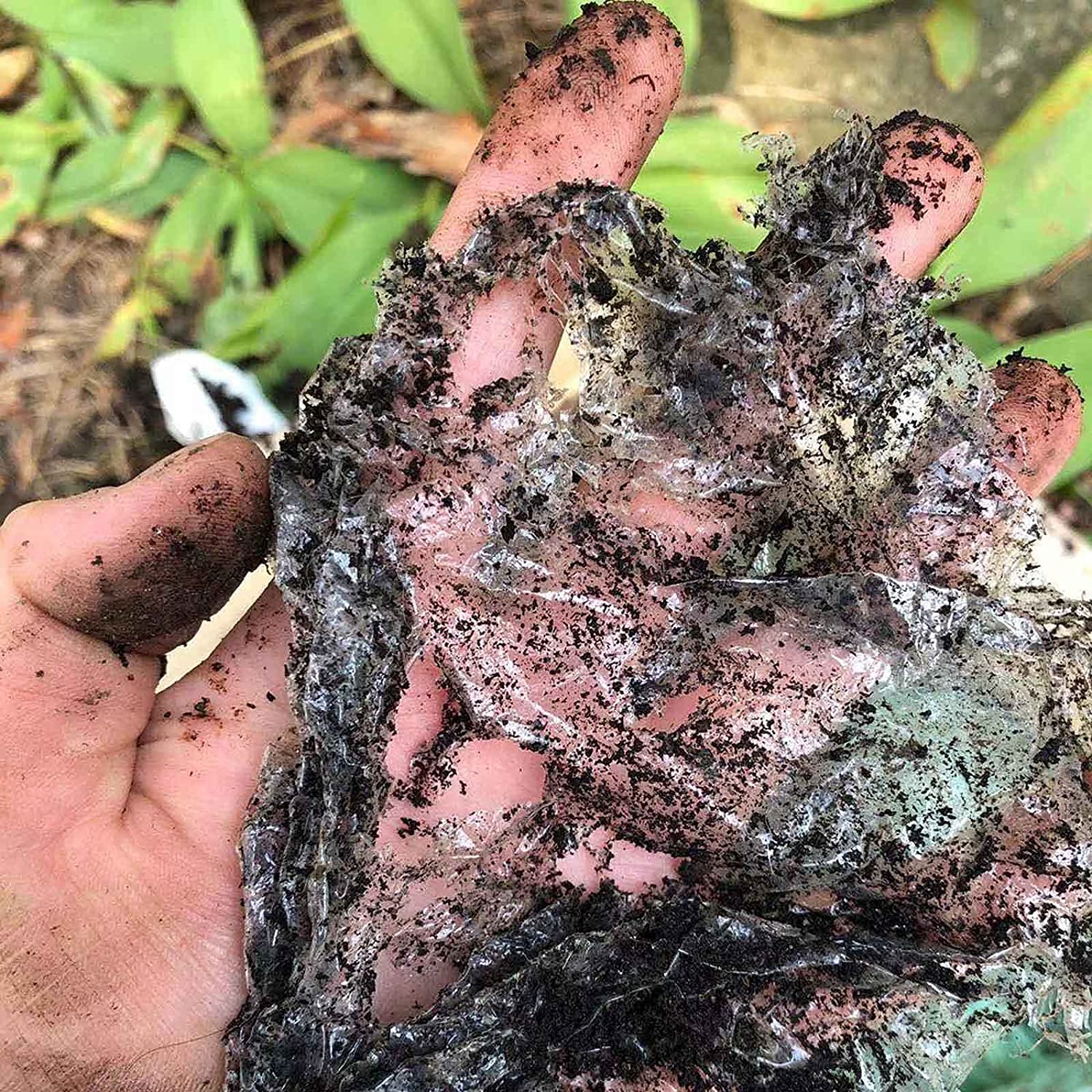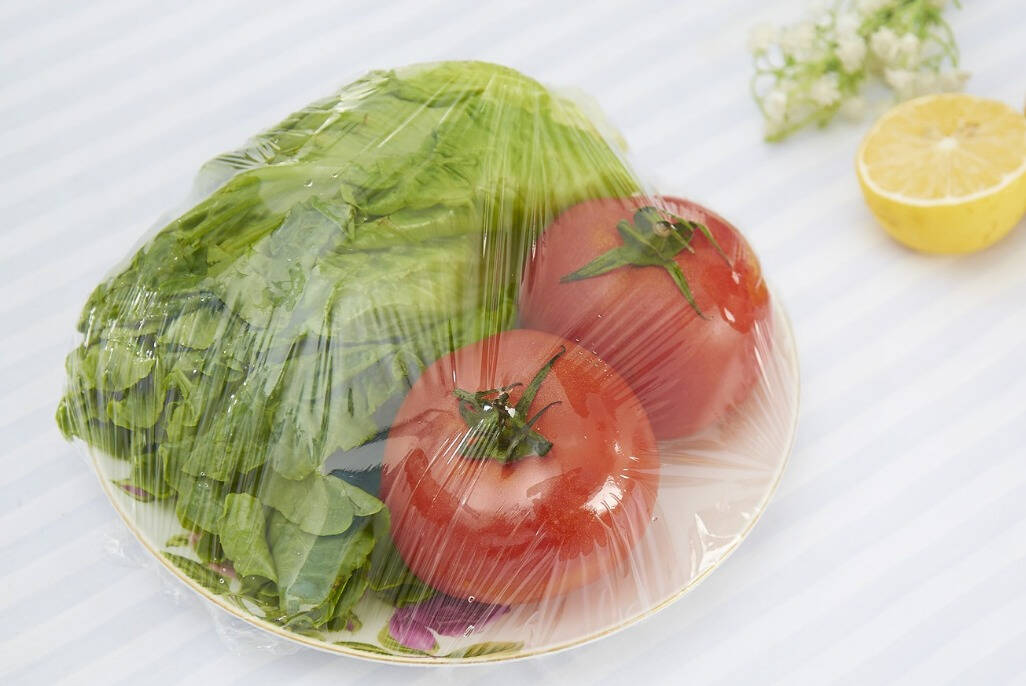The terms cling wrap and plastic wrap are often used interchangeably by consumers, retailers, and even many food businesses. Both are thin, transparent films used to cover food, seal containers, and keep ingredients fresh. However, despite their similar purpose, cling wrap and plastic wrap are not the same. They differ greatly in material composition, performance, stretchability, clinginess, permeability, and heat resistance. These differences affect not only how well they preserve food but also the environmental impact they create.
With rising global demand for safe, cost-efficient, and eco-friendly packaging, understanding these distinctions is becoming increasingly important—especially for food brands, supermarkets, meal-prep businesses, and packaging distributors.
This article provides a clear and comprehensive comparison of Cling Wrap VS Plastic Wrap, along with a professional recommendation of a more sustainable alternative—PLA biodegradable cling wrap.
Why Compostable Cling Wrap Is Gaining Popularity
Growing plastic waste, rising landfill costs, and global plastic-ban regulations have driven interest toward biodegradable and compostable packaging. For everyday food storage, cling wrap remains a staple—but the conventional version, usually made from PVC or PE, can persist in the environment for decades.
Compostable cling wrap offers an alternative solution made from plant-based polymers. It provides:
-
Reduced carbon footprint
-
Plastic-free materials
-
High transparency and ease of use
-
Potential to break down into non-toxic substances
For environmentally conscious consumers, it feels like an immediate step toward a greener lifestyle.
What Makes Compostable Cling Wrap “Compostable”?
Plant-Based Materials Make the Difference
Compostable cling wrap is typically made from materials such as:
-
PLA (Polylactic Acid) derived from corn or sugarcane
-
Corn-starch biopolymers
-
PBAT blends used to improve flexibility
These materials differ substantially from petroleum-based plastics. Instead of relying on fossil fuels, they originate from renewable biomass that can be broken down by microorganisms under proper composting conditions.
Biodegradable vs. Compostable
Many consumers confuse these terms:
-
Biodegradable simply means a material can break down eventually.
-
Compostable means it breaks down within a specific time frame and leaves no harmful residue, meeting strict standards.
Compostable cling wrap belongs to the second—and more demanding—category.
Compostability Standards You Should Look For
Not all products labeled “eco-friendly” are actually compostable. The most reliable way to identify true compostability is by checking for certifications.
Essential Certifications
Common certifications for compostable cling wrap include:
-
EN 13432 (European industrial composting standard)
-
ASTM D6400 (U.S. standard for compostability)
-
OK Compost Industrial / OK Compost Home (certified by TÜV Austria)
These standards assess:
-
Full decomposition within 180 days (industrial conditions)
-
No toxic residues or heavy metals
-
No microplastics remaining after breakdown
If a product lacks these recognitions, its compostability claims may not be reliable.

Does Compostable Cling Wrap Decompose Easily?
A frequent misconception is that compostable materials break down automatically once discarded. In reality, compostability depends heavily on the environment.
Why Compostable Doesn’t Mean “Breaks Down Anywhere”
For compostable cling wrap to decompose efficiently, it requires:
-
Sustained temperatures around 55–60°C
-
Adequate moisture
-
Active microbial populations
-
Proper aeration within the compost pile
Such conditions are typically found in industrial composting facilities, not in regular household trash bins or landfills.

Home Compost vs. Industrial Compost
-
Industrial composting provides controlled heat and mechanical turning, allowing PLA and other biopolymers to break down efficiently.
-
Home composting, on the other hand, often lacks the consistent temperature required. As a result, compostable cling wrap may take longer—or fail—to fully decompose in backyard setups.
This does not make it non-compostable; it simply highlights the importance of correct disposal.
Real-World Performance of Compostable Cling Wrap
Consumers often wonder whether compostable cling wrap can match the performance of plastic film, especially in stretchability, sealing, and clarity.
Strength and Transparency
High-quality PLA cling wrap generally offers:
-
Excellent clarity for food presentation
-
Good cling performance
-
Suitable flexibility for common food-wrapping tasks
While it may not stretch as aggressively as PVC, it performs reliably for covering bowls, wrapping cut fruits, storing leftovers, or general daily kitchen use.

Usage Misunderstandings
A few misconceptions to clarify:
-
Compostable wrap won’t break down in your cupboard; it requires microorganism activity.
-
In landfills, oxygen-poor conditions can slow decomposition dramatically—just like organic waste.
Proper sorting and compost-friendly disposal remain essential.
Contamination Challenges in Composting
Sustainable Alternatives to Compostable Cling Wrap
Compostable cling wrap can fail to decompose if mixed with:
-
Regular plastics
-
Non-organic waste
-
Synthetic materials
Even small amounts of contamination can disrupt commercial composting systems. Ensuring clean, properly sorted waste is key to achieving effective composting results.
For consumers seeking more sustainable food-storage options, alternatives include:
-
Reusable silicone lids or wraps
-
Beeswax wraps
-
Cellulose-based compostable bags
-
Glass containers with lids
Each solution fits different usage habits and sustainability priorities.
Why Choose YITO’s PLA Compostable Cling Wrap
YITO offers a premium compostable cling wrap made entirely from corn-based PLA, designed for environmentally responsible packaging.
Certified and Safe
Our cling wrap is:
-
EN13432 & ASTM D6400 certified
-
100% plant-based
-
Free from microplastics and toxic residues
-
Safe for direct food contact
Ideal for Wholesale & Customized Orders
We provide:
-
OEM customization (size, thickness, packaging)
-
Low MOQ to support small and medium businesses
-
Free samples for testing
-
Suitable for retailers, food brands, and packaging distributors
For businesses aiming to offer sustainable wrapping solutions, YITO delivers both performance and environmental responsibility.
Compostable cling wrap is genuinely compostable when certified and disposed of correctly. While it requires specific composting conditions to break down efficiently, it remains a far more eco-conscious choice than traditional plastics. By understanding how it works and selecting certified PLA products, consumers and businesses can reduce their environmental footprint without sacrificing day-to-day convenience.
If you're seeking a reliable, certified, plant-based compostable cling wrap, YITO’s PLA solution is an excellent choice—helping you store food safely while supporting a greener future.
Related Products
Post time: Nov-14-2025


